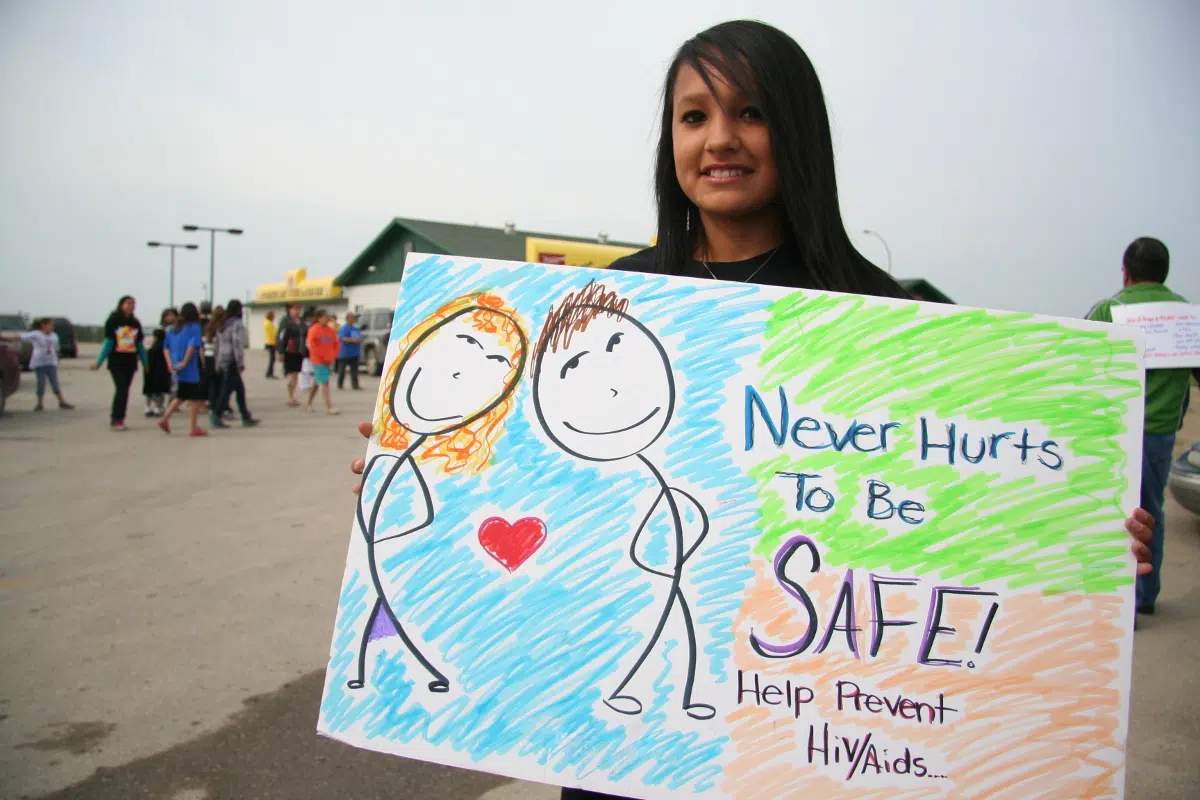
Political will necessary in fight against HIV
The high rate of HIV infections in Saskatchewan does not come as a surprise to many working on the frontlines.
Earlier studies and strategies hinted that a storm was brewing.
“I just don’t know if there was a broader will, until we saw the numbers — when we actually had hard, cold facts in terms of the actual number of infection,” said Marlene Allen, nurse manager of the Prince Albert Parkland Health Region’s sexual health, HIV and Hepatitis C clinic, called Access Place.
“We needed the numbers to motivate everyone to get involved.”


